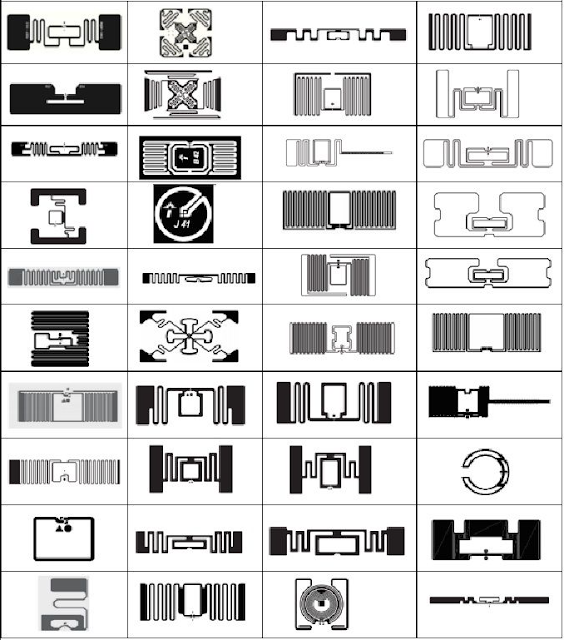RFID Technology is Applied to Low-carbon Intelligent Transportation for the Benefit of Mankind

In the past 100 years (l906-2005), the average global surface temperature has increased by 0.74 degrees Celsius. In the next 20 years, the global temperature will increase by 0.2 degrees Celsius every decade. Climate warming has become a problem that can not be ignored and has a direct impact on global production and life. Some countries and regions have begun to study the Countermeasures of low-carbon transportation, such as refining the classified management of vehicles with different emission standards, using scientific and technological means and tax system to control carbon emissions, etc. For example, countries and regions such as Britain, Sweden, Germany, Italy and Norway in Europe, Singapore, Tokyo, Taiwan and Hong Kong in Asia, and Australia have established low-carbon transportation areas, low emission areas, green transportation areas and clean demonstration areas to ensure regional air quality and encourage the use of clean vehicles. RFID technology is an automatic id...











